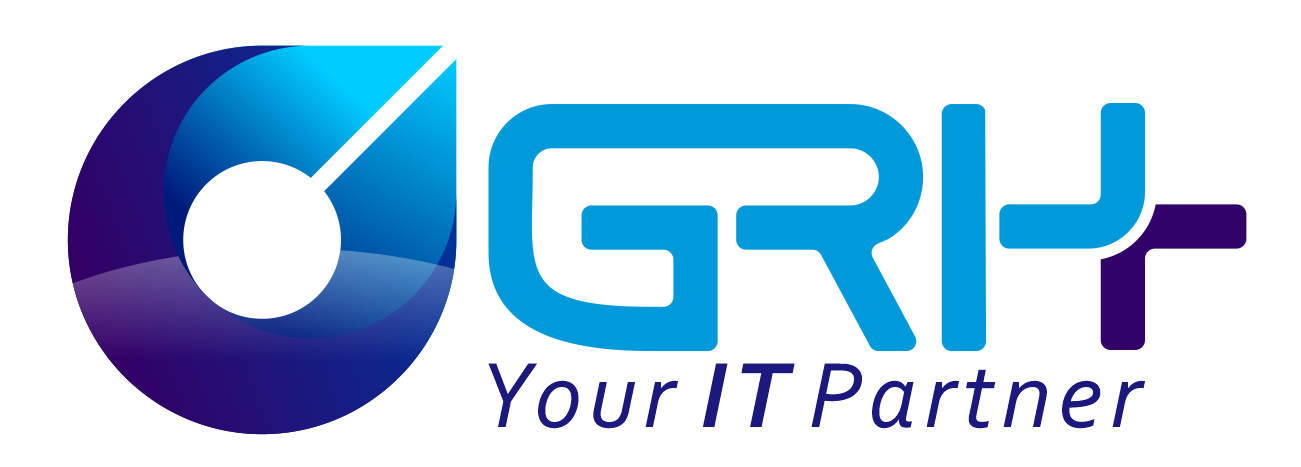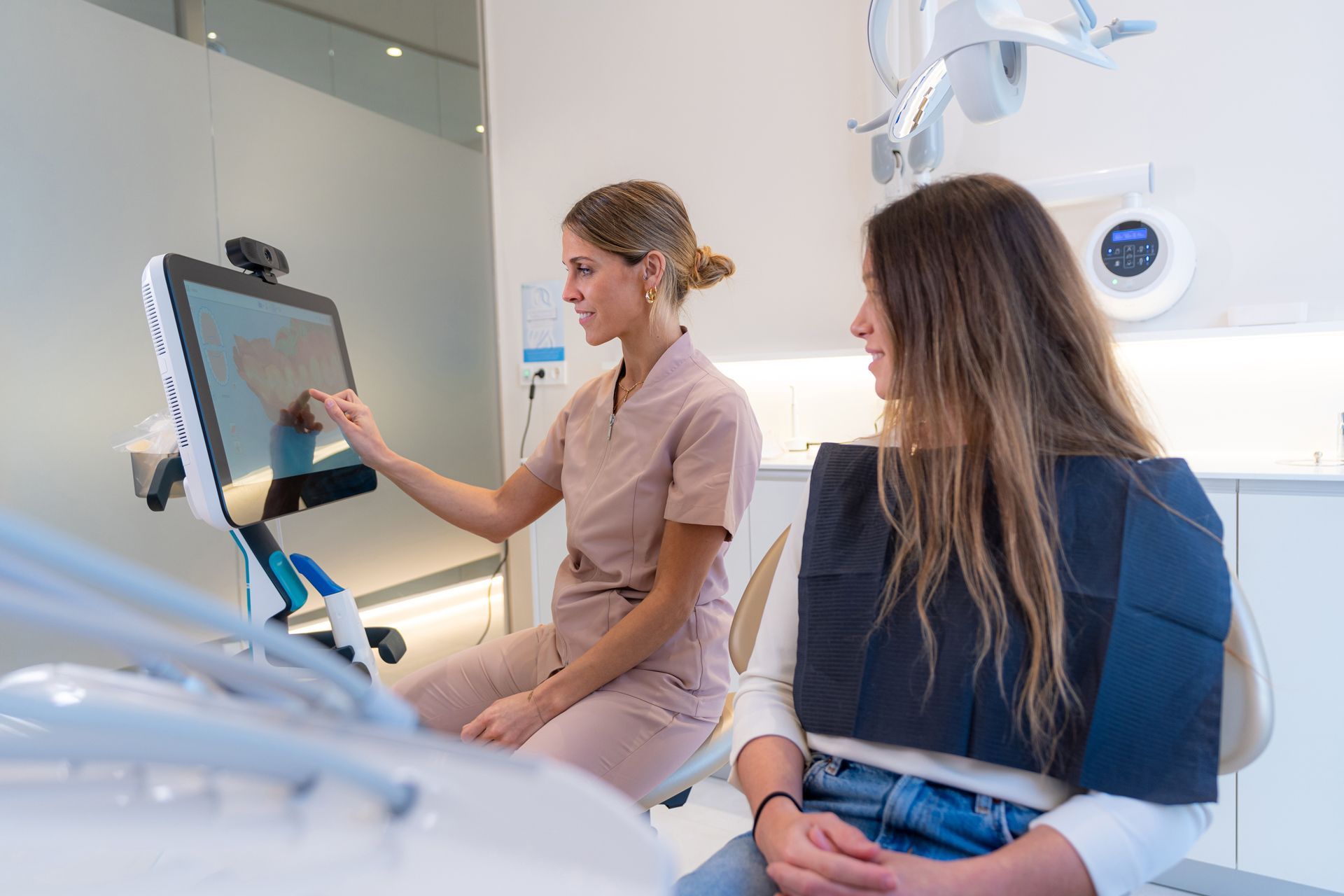Cost of Down Time on a Dental Practice
There are so many good reasons to communicate with site visitors. Tell them about sales and new products or update them with tips and information.
The financial health of a dental practice can be significantly impacted by computer downtime, and understanding the average hourly revenue per operatory is key to grasping the potential losses.
Understanding the Financial Impact
Average Revenue per Operatory
In North Carolina, the average annual revenue for a dental operatory is substantial. According to industry reports, dentists in the U.S. can generate between $864,000 to $960,000 annually. This translates to an average daily revenue target of about $4,500 to $5,000 per dentist, assuming a typical 4-day work week (The Dental CFO) (SharpSheets). Given these figures, the hourly revenue per operatory (assuming an 8-hour workday) can be estimated at around $562.50 to $625.
Cost of Downtime
When computer systems go down, the direct impact on revenue can be immediate and severe. If a practice experiences even a single hour of downtime, it stands to lose approximately $562.50 to $625 in revenue per operatory. For practices with multiple operatories, these costs multiply quickly. For example, a practice with four operatories could see a revenue loss of $2,250 to $2,500 per hour of downtime.
Additional Costs
- Patient Dissatisfaction and Churn: Beyond immediate revenue loss, downtime can lead to patient dissatisfaction, potentially increasing patient churn rates. This not only affects short-term revenue but can also have long-term impacts on patient loyalty and referrals.
- Operational Disruptions: Scheduling and administrative functions are heavily reliant on computer systems. Downtime can lead to missed appointments, billing errors, and delays in patient care, further compounding financial losses.
- Data Recovery and IT Costs: After a downtime event, there may be additional costs associated with data recovery and IT support. These expenses can add up, especially if the downtime was caused by a cyber attack or significant system failure.
Mitigating the Risks
To mitigate the financial impact of downtime, dental practices should invest in robust IT infrastructure and reliable backup systems. Regular maintenance and updates of computer systems, alongside staff training on emergency protocols, can also help reduce the incidence and duration of downtime. Additionally, practices should consider having a detailed disaster recovery plan to quickly restore operations and minimize disruptions.
Conclusion
Computer downtime in a dental practice can result in significant financial losses, with average hourly revenue losses per operatory ranging from $562.50 to $625. By understanding these risks and investing in preventive measures, dental practices can protect their revenue streams and maintain high levels of patient satisfaction.
For more detailed insights and industry-specific financial data, you can refer to the American Dental Association's research on dental practice economics (Home) (2740 Consulting).





Our Services
Reach Us
Corporate Office: Raleigh, NC 27614
Servicing all of North Carolina
All Rights Reserved · GRH Consulting







